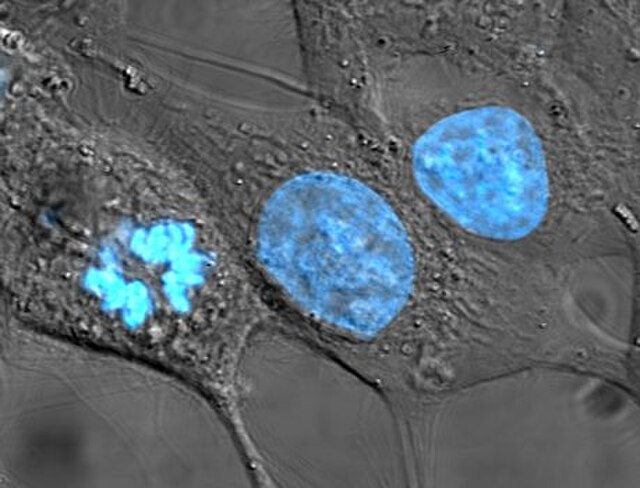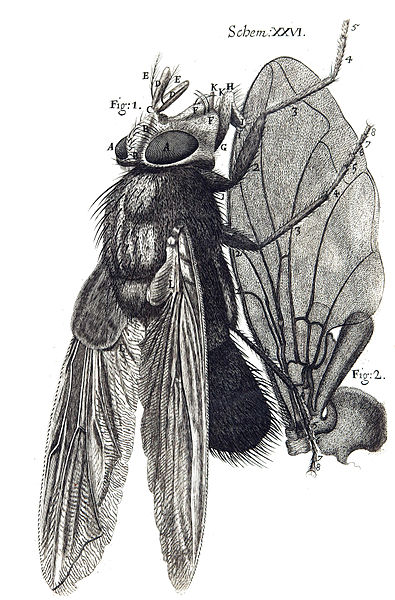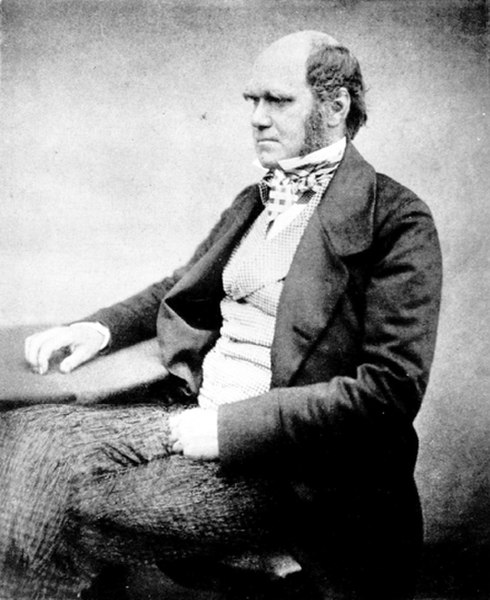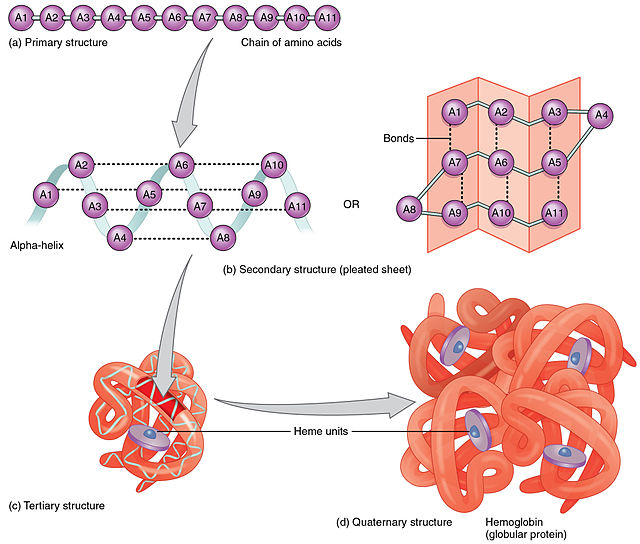In biology, cell theory is a scientific theory first formulated in the mid-nineteenth century, that living organisms are made up of cells, that they are the basic structural/organizational unit of all organisms, and that all cells come from pre-existing cells. Cells are the basic unit of structure in all living organisms and also the basic unit of reproduction.
Human cancer cells with nuclei (specifically the DNA) stained blue. The central and rightmost cell are in interphase, so the entire nuclei are labeled. The cell on the left is going through mitosis and its DNA has condensed.
Matthias Jakob Schleiden (1804–1881)
Theodor Schwann (1810–1882)
Biology is the scientific study of life. It is a natural science with a broad scope but has several unifying themes that tie it together as a single, coherent field. For instance, all organisms are made up of cells that process hereditary information encoded in genes, which can be transmitted to future generations. Another major theme is evolution, which explains the unity and diversity of life. Energy processing is also important to life as it allows organisms to move, grow, and reproduce. Finally, all organisms are able to regulate their own internal environments.
Biology is the science of life. It spans multiple levels from biomolecules and cells to organisms and populations.
Diagram of a fly from Robert Hooke's innovative Micrographia, 1665
In 1842, Charles Darwin penned his first sketch of On the Origin of Species.
The (a) primary, (b) secondary, (c) tertiary, and (d) quaternary structures of a hemoglobin protein







